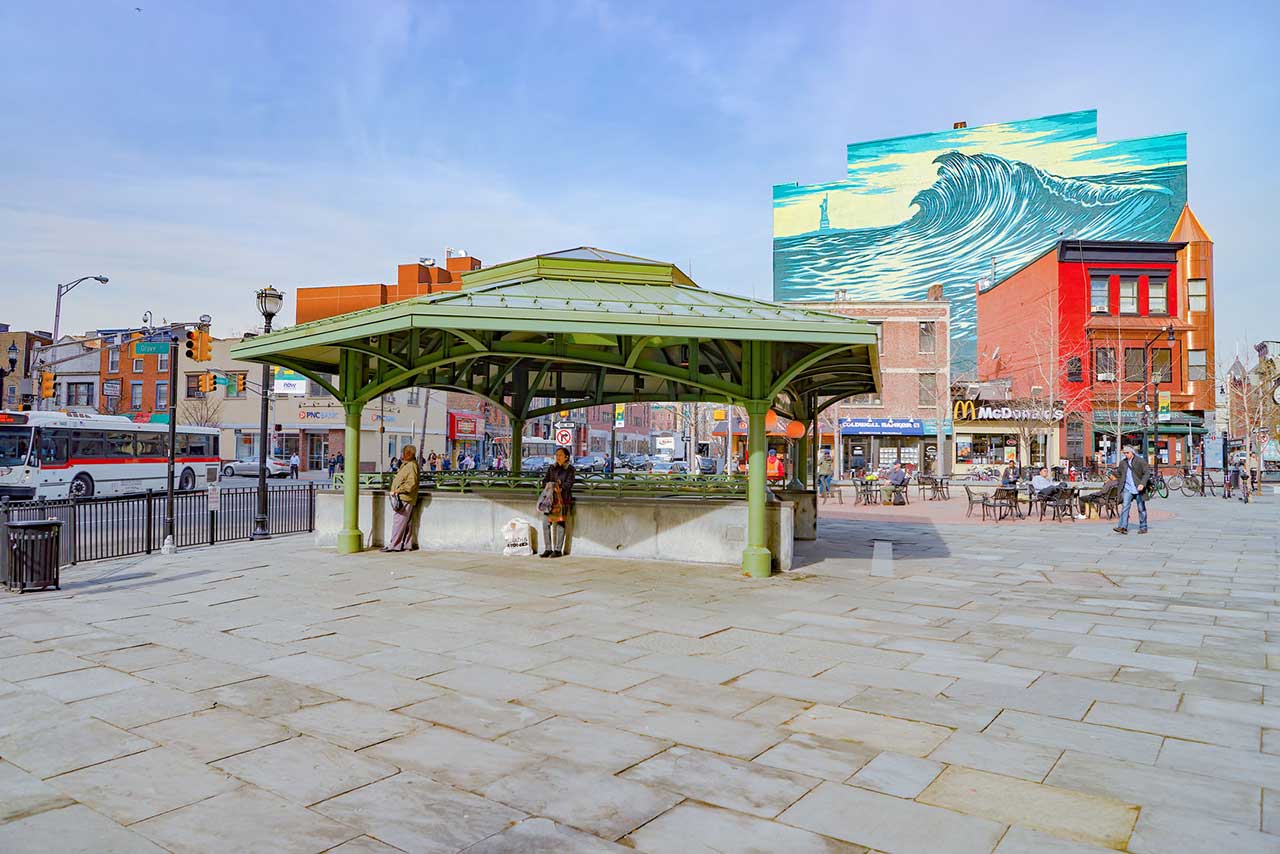 Writer Marc J. Dunkelman, author of The Vanishing Neighbor: The Transformation of American Community and a fellow at both Brown University and NYU, recently recalled in an article why it was once believed that Jersey City would become what Manhattan eventually did and why Jersey City did not become the “metropolis of the world,” as Alexander Hamilton predicted.
Writer Marc J. Dunkelman, author of The Vanishing Neighbor: The Transformation of American Community and a fellow at both Brown University and NYU, recently recalled in an article why it was once believed that Jersey City would become what Manhattan eventually did and why Jersey City did not become the “metropolis of the world,” as Alexander Hamilton predicted.
Geographically, Jersey City made as much, maybe more, sense as a center for manufacturing, trade, and expansion after the American Revolution. Both Jersey City and Manhattan had access to navigable rivers and the Atlantic Ocean, but only Jersey City had seemingly unlimited real estate ripe for development and easy access to all points west, north, and south by being attached to the mainland. Manhattan, then as now, had scarcely enough room for its residents and was isolated by two rivers.
But what made many think Manhattan wasn’t situated to rise as the “metropolis of the world” was exactly why it became the Rome of modern times–“those living, working and playing in New York were trapped between the East and Hudson Rivers and couldn’t so easily escape one another, intellectual cross-fertilization was almost inevitable. In other words, Manhattan’s tighter quarters were instrumental to the Big Apple’s success.”
Two journalists can be credited with this idea that a diversity and proximity of people is paramount to innovation and growth and that all these ingredients are necessary in successful city building.
First, journalist Mr. Arthur Koestler published The Act of Creation, citing, “the creative act is not an act of creation in the sense of the Old Testament. It does not create something out of nothing; it uncovers, selects, re-shuffles, combines, synthesizes already existing facts, ideas, faculties, skills.”
Next, journalist Jane Jacobs applied Mr. Koestler’s creation theory to cities in her seminal 1969 work The Economy of Cities, contending that “successful cities managed to overlay different industries, communities and experiences. Growth is born from innovation, and innovation emerges only when concepts can jump easily from one field to another.”
Now, this anti-silo archetype is extremely familiar and espoused today by professional environments especially and studies even show that the best thinkers in an organization work across disciplines and departments. However, the most plugged in and interconnected generation–The Millennials–“are on track to be the least entrepreneurial generation in recent history,” according to an economist who testified before the Senate Small Business Committee last year. How is this possible?
The key to growth and innovation is not simply to be in the same place at the same time as everyone else, physically or virtually; the original success story of Manhattan post-Revolutionary War is that of different kinds of people with different backgrounds who worked at different jobs, overlapping in close quarters, creating the inevitability of cross-fertilization.
Mr. Dunkelman writes, “Who we know has a profound effect on what we think… For better or worse, we’ve become strangers to the neighbors, Rotarians, bridge partners and bowling-league teammates who would once have been more familiar.”
However, if Jersey City can maintain its diversity of community and exchange and take off the headphones now and again, it might just become the metropolis Alexander Hamilton foresaw 200 years ago.